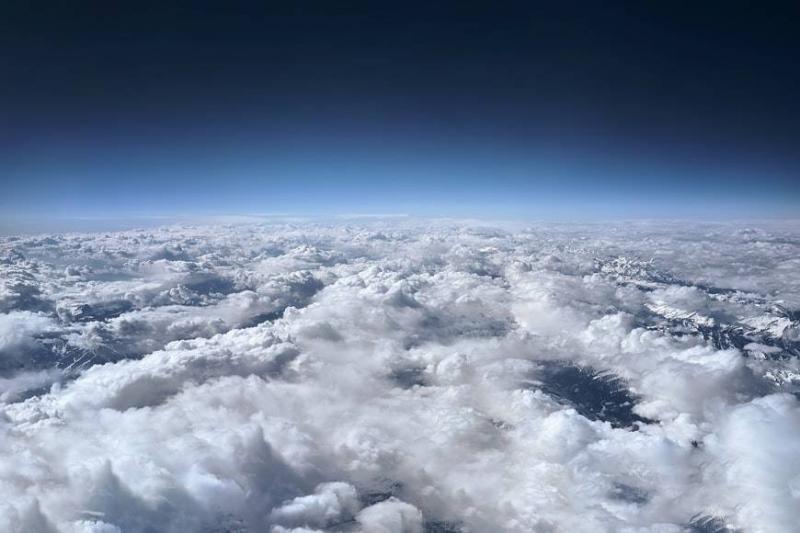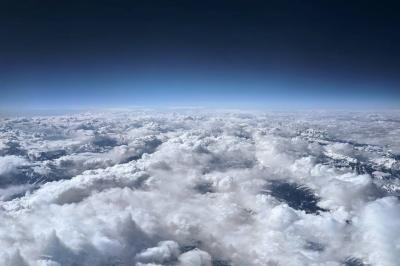Rumors of the end of the world continue to spread rapidly as the comet "Leonard" approaches Earth, with ongoing danger and increasing fears. The Egyptian National Institute for Astronomical Research commented that the comet is approximately 34 million kilometers away from our planet, thus there is no need for concern. The brightness of Comet Leonard is increasing rapidly as it gets closer to Earth, indicating significant outflows of gas and dust from the comet's icy nucleus under the influence of sunlight. It will reach its closest point at a distance of 35 million kilometers on December 12.
The Astronomy Society in Jeddah stated that the comet "Leonard" will be visible in the skies of the Arab world tomorrow, Sunday, when it reaches its closest distance to our planet at around 4:54 PM Mecca time, remaining at a very safe distance of about 34 million kilometers. According to Al-Ahram's portal, Comet Leonard will become visible in the evening sky just after sunset on Sunday, low above the southwestern horizon, provided it does not disintegrate. Estimates suggest its apparent brightness could range between 5 and 2.6, even though the comet will be close to the horizon at its brightest.
Measurements indicate that this celestial visitor is moving at a remarkable speed of about 254 kilometers per hour relative to Earth. Despite its speed through the vastness of our solar system, it is not expected to appear to move quickly across the sky. Leonard remains the brightest comet of 2021, observable towards the eastern horizon in the hours before sunrise, and has reached a brightness level of around six, making it barely visible to the naked eye but an easy target for digital cameras.
Its bright green color is due to the emission of diatomic carbon from its nucleus, a common gaseous material in the "coma" of comets that glows in nearby space under sunlight. The green color may intensify in the coming nights as the comet approaches Earth. Observations of Comet Leonard have revealed something strange; since the beginning of December, it was expected to become brighter as it neared the sun, and while it is indeed getting brighter, this brightness appears to be solely due to its proximity to Earth rather than an inherent increase, suggesting something is happening with the comet, although it is not currently clear what, and furthermore, the comet seems to be dimming.
The dimming of Comet Leonard is concerning as it reminds us of past comets like Comet Atlas last year and Comet Yelin before it. Comets are balls of ice that may not last long. Some comets have disintegrated and then faded when they approached the sun. It must be emphasized that it is not yet known if Leonard is disintegrating; these are just conclusions based on the comet's behavior.
In general, there are several possibilities for what is happening to Leonard: the comet may have already disintegrated, or it may do so soon, or perhaps the ice in the comet is evaporating due to the sun, though this is unlikely. Images of Comet Leonard from early last Thursday showed that it is still structurally sound, but dimming continues, and the next few days will reveal more.
Additionally, it has been observed that the comet is losing its ion tail, which is a stream of charged particles flowing from the comet in the opposite direction to the sun; this could disappear within a few hours if the comet disintegrates. Typically, it takes a few days before we witness dramatic changes in the comet's appearance and dimming. Essentially, it should remain bright for the next week, simply because it takes time for a comet to completely disintegrate, if it is indeed disintegrating.




